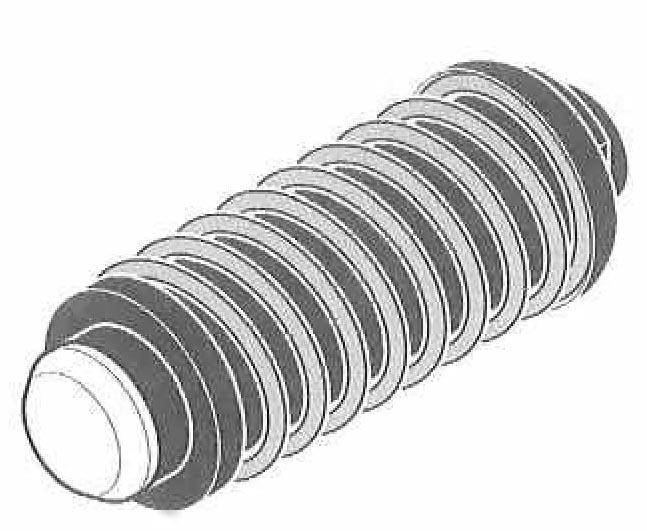An Overview of Pneumatic Control Systems
 Pneumatic control systems have evolved as integral components in various industries, optimizing operations with unique advantages. Leveraging compressed air as a power source offers many benefits, which include:
Pneumatic control systems have evolved as integral components in various industries, optimizing operations with unique advantages. Leveraging compressed air as a power source offers many benefits, which include:
- Reliability
- Safety (essential for many industries, including Chemical and Petrochemical Industries)
- Cost-effectiveness
- Powerful
- Affordable
To appreciate the benefits of these systems, it is vital to have a foundation of how they function. Below is a basic overview of these complex and important systems.
Basics of Pneumatic Control Systems
- Pneumatic control is an automation method using compressed air to power mechanical devices.
- Utilized primarily in sectors like manufacturing, construction, and transportation.
- The core principle involves harnessing pressure changes in sealed chambers to trigger motion or control mechanisms.
Key Components of the System
- Air Compressor: Serves as the primary source of compressed air and ensures optimal pressure maintenance.
- Control Valves: They manage airflow and pressure application to specific devices.
- Sensors and Actuators: While sensors detect variables such as pressure or temperature changes, actuators transform input signals into tangible movement.
- Connecting Pipelines and Tubing: These transport the compressed air between system components, ensuring effective communication and pressure detection.
Diverse Types of Pneumatic Control Systems
Systems can be categorized based on design and application. For instance:
- Single Pressure System: Uses a single valve for consistent pressure.
- Dual Pressure System: Employs two valves for nuanced pressure control across separate zones.
- Modulated Pressure System: Incorporates multiple valves for a broader pressure range control.
- Pulse Controlled System: Utilizes rapid air pulses for tasks requiring swift, precise actuation.
Advantages Over Other Systems
Pneumatic systems are often preferred over hydraulic or electric ones due to:
- Lower upfront and maintenance costs.
- Enhanced safety due to the non-flammable nature of compressed air.
- Resilience to environmental contaminants and capacity to operate in demanding conditions.
- Simplified design and maintenance procedures.
Practical Applications
Pneumatic control systems are versatile, finding utility in:
- Automotive: For functions like braking, steering, and fuel injection.
- Industrial: Used in material handling, welding, and conveyor speed regulation.
- Mining: Assists in ventilation control and remote diesel pump operations.
- Manufacturing: Helps in process variable control and flow direction.
- Aerospace: Integral for precise aircraft instrument movements.
Optimizing Pneumatic Systems
To derive the most from these systems, a few best practices include:
- Designing the system tailored to specific application needs.
- Implementing regular maintenance checks.
- Incorporating energy-efficient components.
- Offering comprehensive training to operational personnel.
For more information on these impressive systems, you should not hesitate to give our talented team a call. We are experts in the field of pneumatic control systems, and we’re here to answer all your questions.
Related Reading


- Ellis/Kuhnke Controls
132 Lewis Street Unit A-2, Eatontown, N.J. 07724
Phone: 1-800-221-0714
Fax: 732-291-8154
Email: Info@ekci.com
- Home Pneumatic Controls Technical Info CAD Drawings Contact Us Pneumatic Timers Blog Site Map
